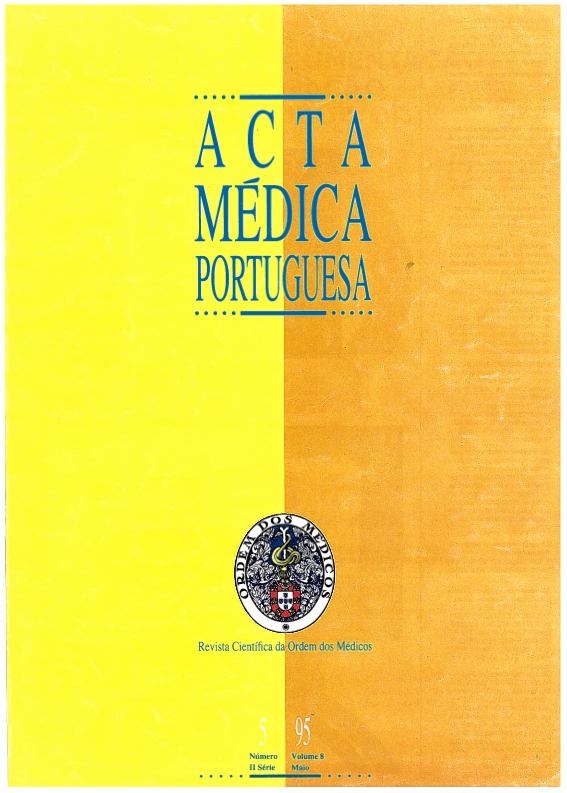An analysis of plasma histaminase in schizophrenic patients and its relationship to clinical parameters.
DOI:
https://doi.org/10.20344/amp.2702Abstract
Previous studies have investigated putative alterations in histamine and histamine receptors in schizophrenia, and evidence in favour of the role of this amine as a neurotransmitter or as a neuromodulator was found. In the present study the activity of plasmatic histaminase was analysed, with histamine and with cadaverine as substrates, in a group of 23 schizophrenic patients and compared with that of healthy controls (n = 32). Plasma histaminase activity was determined using Gordon and Peters spectrophotometric method, and the results were expressed in mumoles of H2O2 transformed/hour/litre of plasma at 25 degrees C. Plasmatic histaminase, using histamine as substrate, was significantly increased in schizophrenic patients as a whole compared with the healthy controls. On the other hand, when cadaverine was used as substrate plasma histaminase was significantly reduced in female schizophrenics but not in males. When patients were divided according to 17 clinical characteristics it was found that the following subgroups were significantly associated to high levels of plasma histaminase (using histamine as substrate): the non mentally deteriorated schizophrenic patients compared with mentally deteriorated schizophrenic patients and those with thymic symptoms as opposed to those without thymic symptoms. An extension of this series and a prospective analysis are required to further define the clinical and biological significance of the alteration of this biochemical parameter in schizophrenia, and particularly in relation with a subgroup of schizophrenia with a more favourable course.Downloads
Downloads
How to Cite
Issue
Section
License
All the articles published in the AMP are open access and comply with the requirements of funding agencies or academic institutions. The AMP is governed by the terms of the Creative Commons ‘Attribution – Non-Commercial Use - (CC-BY-NC)’ license, regarding the use by third parties.
It is the author’s responsibility to obtain approval for the reproduction of figures, tables, etc. from other publications.
Upon acceptance of an article for publication, the authors will be asked to complete the ICMJE “Copyright Liability and Copyright Sharing Statement “(http://www.actamedicaportuguesa.com/info/AMP-NormasPublicacao.pdf) and the “Declaration of Potential Conflicts of Interest” (http:// www.icmje.org/conflicts-of-interest). An e-mail will be sent to the corresponding author to acknowledge receipt of the manuscript.
After publication, the authors are authorised to make their articles available in repositories of their institutions of origin, as long as they always mention where they were published and according to the Creative Commons license.









